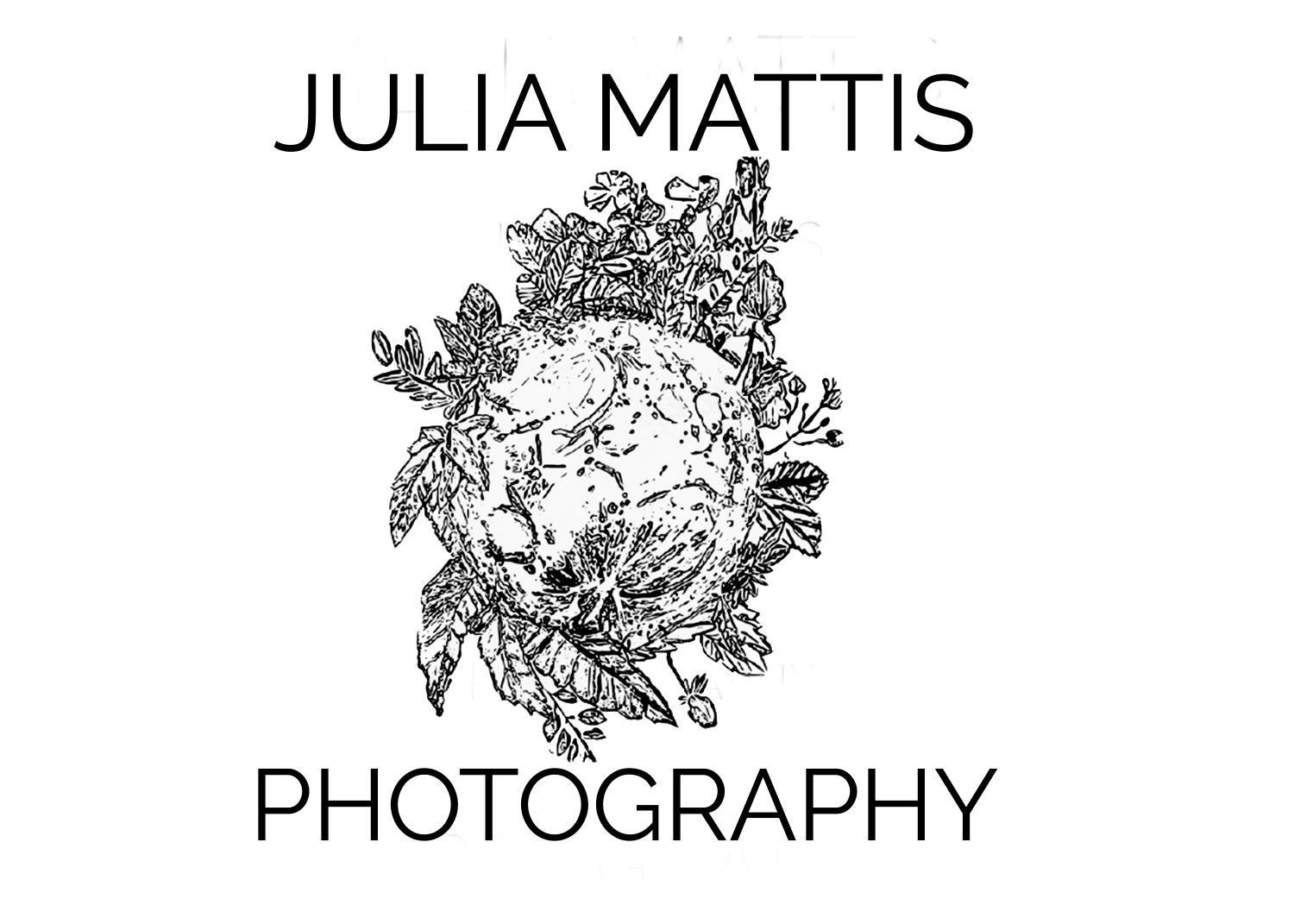Understanding Adaptive Leadership: A Guide for Change in Uncertain Times
I was sitting in my adaptive leadership seminar as my professors explained, "People's default resistance to change stems from a fear of loss."
The words hung in the air as something clicked in my mind. The insight felt so profound that I felt like jumping out of my seat. Instead, I feverishly scribbled down my thought before it could escape me– “If change equals loss, couldn't we also say that loss equals change?”
The proverbial window that was my perception seemed to defog, revealing a vista that had been there all along: what if we could reframe the painful losses in our lives – say, for example, the end of a relationship – not as a failure, but as the opportunity for change and growth? This simple reversal of terms opens up a powerful new lens for clinical practice. When we understand that all meaningful change involves loss – and conversely, that all loss creates space for change – clinicians gain a vital tool for supporting clients through their most challenging transitions.
In today's rapidly changing world, adaptive leadership, developed by Harvard professors Ronald Heifetz and Marty Linsky, represents a significant departure from conventional leadership approaches. At its core, this framework recognizes that many of today's challenges cannot be solved through technical expertise or established protocols alone. Instead, they require fundamental shifts in mindsets, values, and behaviors—what Heifetz and Linsky call adaptive work.
Unlike traditional leadership models that emphasize the leader's authority and expertise, adaptive leadership can be practiced from any position within an organization or community. It's not confined to those with formal authority but is available to anyone willing to help others confront reality and make progress on challenging issues. This democratizes leadership, making it an activity rather than a position.
Understanding the Integration: Adaptive Leadership Meets Clinical Practice
The parallels between adaptive leadership and clinical social work offer rich insights for social work practitioners. At its core, both fields are about transformation, underscored by the understanding that relationships are the backbone of change. After all, change moves at the speed of relationships, and relationships move at the speed of trust.
Just as people use the adaptive leadership framework to guide organizations through complex transitions, clinicians guide clients through personal transformations and transitions. Both roles demand helping people confront difficult realities, accept losses, and adopt new perspectives that may challenge their sense of self– all while honoring the inherent complexity of change processes.
This framework matters for clinicians for three crucial reasons:
First, it challenges how we understand resistance. Rather than seeing a client's resistance as an obstacle to overcome, the adaptive framework helps us recognize it as a natural response to loss – whether actual or anticipated. This insight allows clinicians to explore one’s resistance rather than work against it.
Second, it provides concrete tools for assessment and intervention. The adaptive leadership concept of "getting on the balcony "enhances our ability to see both individual patterns and systemic forces at work. Getting on the balcony involves detaching from the immediate situation, looking at the big picture, and reflecting on the perspectives of others to better understand where they are coming from. When a client struggles with relationship patterns, for instance, we can help them step back to observe not just their immediate reactions, but how family dynamics and cultural expectations reinforce these patterns.
Third, it reframes the therapeutic role itself. Like adaptive leadership practitioners, therapists serve as both diagnosticians and facilitators of change. They make hidden patterns visible, create productive tension, and maintain "holding environments" where clients can safely experiment with new behaviors while managing anxiety about unknown outcomes.
At its heart, the adaptive framework recognizes that meaningful personal change, like organizational or societal transformation, requires more than deploying, what the framework refers to as, technical solutions, those for which we can find answers through the application of existing knowledge and expertise. Technical challenges lend themselves to being solved by a person in authority, such as the medical provider who prescribes antibiotics to treat an infection successfully. Making progress on complex, adaptive challenges demands engaging with the complex web of beliefs, fears, and competing commitments that maintain our current patterns. By understanding change through this lens, we can better help clients identify the root of their struggle and navigate the necessary losses that accompany growth and sustainable change.
This article is the first in a series exploring the integration of adaptive leadership principles into clinical practice. Future articles will examine resistance patterns, identity challenges, holding environments, and other key adaptive leadership concepts in greater detail.
